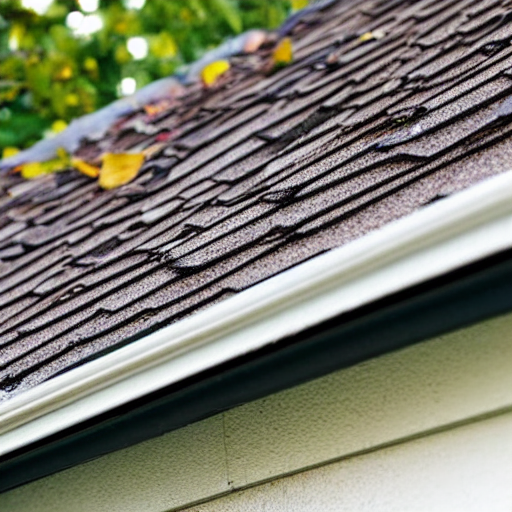What Is the Importance of Proper Gutter Slope During Installation?
Posted on 17-04-2025 03:47 PM

Understanding Gutter Slope
The slope of a gutter, also known as the pitch, is crucial for ensuring that water flows correctly towards the downspouts. Without an adequate slope, water will not flow effectively, potentially leading to standing water. This can increase the likelihood of leaks and overflows during heavy rainfall, which can damage both the roof and the walls of a building.
Preventing Water Damage
Properly sloped gutters direct rainwater away from your home’s foundation. This is vital for preventing water from pooling around the base of your home, which can lead to costly structural damage or even foundational issues. A correct slope ensures that water is channeled efficiently into downspouts and away from the property.
Enhancing Longevity of Gutters
When gutters are correctly installed with the appropriate slope, they are less likely to get clogged with debris such as leaves, twigs, and dirt. A well-maintained flow reduces the weight load in any section of the gutter system by preventing debris accumulation and standing water. Consequently, this enhances the overall longevity of your gutter system.
Optimal Slope Measurements
The standard recommendation for gutter slope is approximately one-quarter inch of decline for every 10 feet of guttering. This subtle tilt is almost imperceptible but essential for facilitating proper drainage. It's important that this measurement is precise; an excessive slope can cause water to rush down too quickly, potentially leading to splashback or erosion around your property.
Professional Installation Considerations
Installing gutters with an accurate slope requires professional knowledge and tools. It involves careful calculations and adjustments during installation to ensure compliance with recommended guidelines. Professionals are also adept at handling complex rooflines where multiple angles might complicate a uniform pitch across all sections.
Maintenance Implications
Maintaining an optimal gutter slope also simplifies regular maintenance tasks. When gutters drain properly, there’s less need for frequent cleanings or repairs due to reduced sediment buildup inside them. Moreover, it minimizes premature wear and tear on your gutter materials caused by stagnant water.
Impact on Overall Home Health
Ultimately, ensuring that your gutters have the correct slope impacts not just their functionality but also contributes significantly to your home’s overall health and safety profile. By managing rainwater efficiently and directing it away appropriately, you protect various aspects of your home from potential moisture-related problems thereby securing its value and integrity long-term.
Frequently Asked Questions
1. Why is proper gutter slope critical during installation?
Proper gutter slope ensures efficient water flow towards downspouts, preventing water pooling and reducing the risk of leaks, overflow, and potential water damage to the building structure.
2. What can happen if gutters are not properly sloped?
Incorrectly sloped gutters can lead to water stagnation and overflow, which increases the likelihood of damage to foundations, basements, and landscaping, and can also contribute to roof damage and siding issues.
3. How is the correct gutter slope determined?
The general rule for proper gutter slope is a minimum of 1/4 inch decline for every 10 feet of guttering towards a downspout. This ensures that water flows steadily without overflowing or pooling.
4. Can the slope of gutters be visually identified as incorrect after installation?
Yes, signs such as standing water in gutters or overflowing during rain indicate an issue with the slope. Additionally, sagging or visibly uneven sections along the gutter's length may suggest improper installation.
5. What should be done if a gutter’s slope needs adjustment after installation?
If adjustments are necessary after installation, it's important to consult with professional installers who can correctly reposition and secure the gutters at the appropriate slope to ensure optimal functionality.